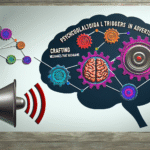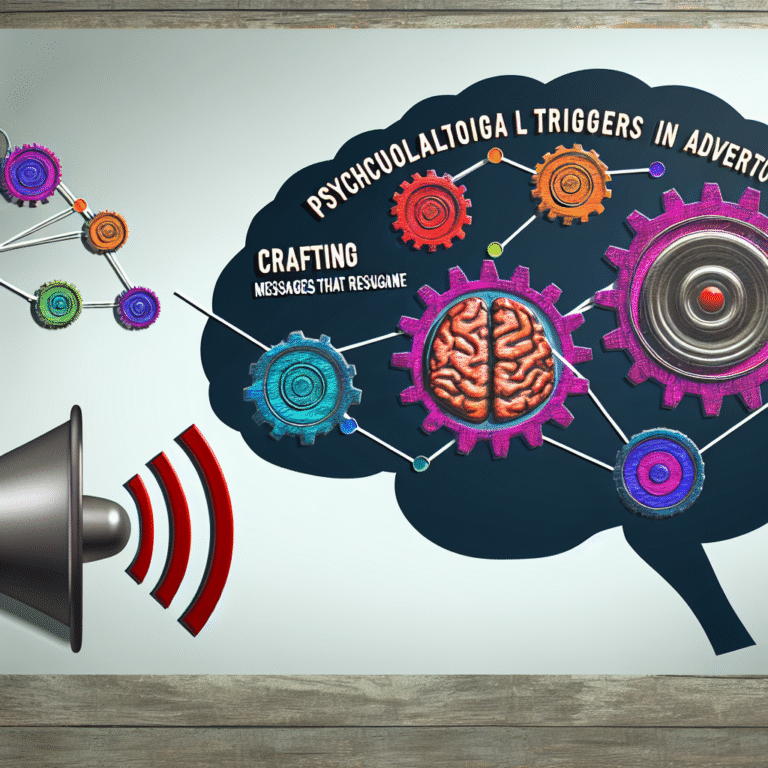
Transforming Anger into Action: Proven Management Techniques You Can Use
Introduction
Anger is an emotion that everyone experiences at one point or another. It can arise from personal conflicts, professional disappointments, or even day-to-day inconveniences. However, what distinguishes successful individuals from others is their ability to harness that anger into productive action. In this comprehensive guide on Transforming Anger into Action: Effective Management Techniques You Can Use, we will explore practical strategies that not only help you manage this powerful emotion but also transform it into meaningful outcomes.
According to research, individuals who effectively manage their anger report higher satisfaction in both their personal and professional lives. By learning to channel that anger constructively, you not only cultivate better relationships but also enhance your overall well-being. So, let’s dive deep into understanding anger management techniques that can truly empower you.
Understanding Anger: Why It Happens
The Nature of Anger
Anger is a natural human response, often triggered by perceived threats or injustices. Understanding why your anger surfaces is the first step in Transforming Anger into Action: Effective Management Techniques You Can Use. Here are some common triggers:
- Unmet Expectations
- Injustice
- Frustration
- Feeling Overwhelmed
Acknowledging these triggers can aid in recognizing the signs of anger before it escalates.
The Psychology Behind Anger
Studies suggest that anger is closely linked to stress, anxiety, and overall mental well-being. Emotions often spill over when we feel we lack control. This can manifest in direct confrontations, withdrawal, or even physical symptoms like headaches. Understanding this connection sets the groundwork for effective management.
Techniques for Transforming Anger into Action
1. Mindful Awareness
What is Mindfulness?
Mindfulness involves being fully present and engaged with your thoughts and feelings without judgment. It has been proven to reduce stress and enhance emotional regulation.
Applying Mindfulness to Anger
Start with:
Breathing Exercises: Inhale deeply for four counts, hold for four counts, and exhale for four counts. This can ground you in a moment of anger.
- Journaling: Write down your feelings as they arise. This practice helps clarify your thoughts and reduce impulsive reactions.
Case Study: Sarah’s Journey
Sarah found herself frequently angry at her colleagues for perceived slights. By embracing mindfulness, she began to practice daily meditation. Within weeks, her reactions became more measured, leading to improved team dynamics. Research indicates that mindfulness can effectively reduce anger by promoting emotional insight.
2. Physical Outlet
Exercise as a Tool for Anger Management
Physical activities can serve as effective mechanisms for channeling anger. Exercise releases endorphins, including serotonin—a natural mood booster.
Recommended Activities:
- Running or Jogging: An easy, accessible way to clear your mind.
- Martial Arts: Offers both physical and mental discipline.
Case Study: Mark’s Transformation
Mark was experiencing daily frustration from workload pressures. After starting a boxing class, he reported feeling less irritable and more empowered in his workplace. Not only did Mark find constructive ways to express his anger, but he also cultivated a newfound sense of discipline.
3. Constructive Communication
Assertiveness Training
Effective communication is critical in transforming anger. Instead of lashing out, express your feelings calmly and assertively.
Techniques to Consider:
Use “I” Statements: Communicating your feelings using "I feel" instead of blaming others.
- Active Listening: Engage in dialogue and allow others to voice their perspective.
Case Study: Lisa’s Media Project
During a group project, Lisa often felt her ideas were overlooked. Instead of bottling it up, she expressed her feelings to her team through assertive communication. They worked together, creating an enjoyable collaborative environment.
4. Cognitive Restructuring
Challenge Negative Thoughts
Cognitive restructuring involves challenging negative thoughts that fuel your anger. Reframe the situation by looking for alternative explanations.
Techniques:
Questioning Your Thoughts: Ask yourself, "Is this thought factual?"
- Gratitude Journaling: Note at least three things you are grateful for daily to shift your focus.
Case Study: John’s Shift
John consistently felt anger towards traffic jams. By using cognitive restructuring, he began to view them as opportunities to listen to podcasts. This shift fundamentally changed his daily experience, and he found himself feeling much less bothered by delays.
5. Seeking Professional Help
When to Consult a Therapist
Sometimes, anger can stem from deeper issues. Consulting a mental health professional can provide tailored strategies for managing your feelings.
Benefits of Therapy:
- Unpacking Underlying Issues
- Tailored Strategies for Personal Growth
Case Study: Anna’s Insight
After years of struggling with anger management, Anna sought therapy. It turned out that unresolved past traumas were affecting her emotional responses. With the guidance of her therapist, Anna learned coping techniques tailored to her specific needs, aiding her journey in Transforming Anger into Action: Effective Management Techniques You Can Use.
Conclusion
Transforming anger into action is not just about finding immediate relief; it’s about fostering long-term emotional resilience. By employing techniques such as mindfulness, physical outlets, constructive communication, cognitive restructuring, and seeking professional help, you can empower yourself to turn challenging emotions into positive outcomes.
As you embark on this journey, remember that anger is not your enemy. Instead, it can serve as a catalyst for growth, motivation, and self-improvement. With diligence and practice, you will not only learn to manage your anger but also transform it into a driving force for achieving your goals.
FAQs
1. How can I identify my anger triggers?
Tracking your feelings in a journal can help you identify patterns and specific triggers that lead to anger.
2. Is it normal to feel angry?
Yes, anger is a normal human emotion. The key is how we manage and respond to that anger.
3. Can breathing exercises really help?
Absolutely! Deep breathing helps regulate your nervous system and can bring about immediate relaxation.
4. How long does it usually take to see improvements?
Results vary by individual, but with consistent practice of these techniques, many people report feeling significant change within a few weeks.
5. Is seeking therapy a sign of weakness?
Not at all. Seeking help is a sign of strength and self-awareness. It shows a commitment to personal growth and well-being.
Embark on your journey of Transforming Anger into Action: Effective Management Techniques You Can Use with confidence and resolve!














